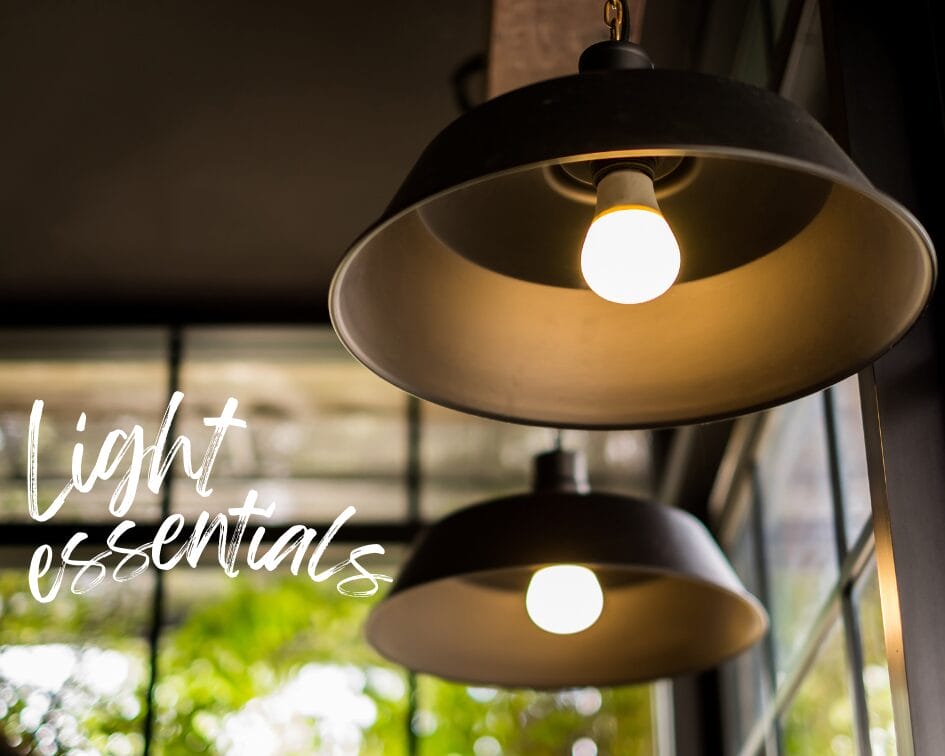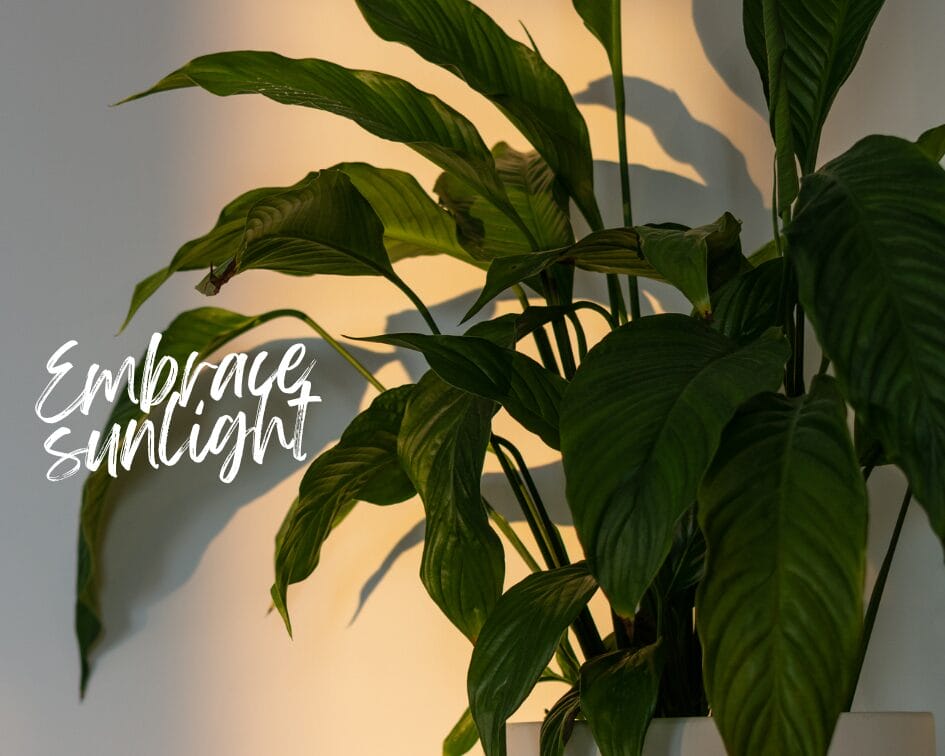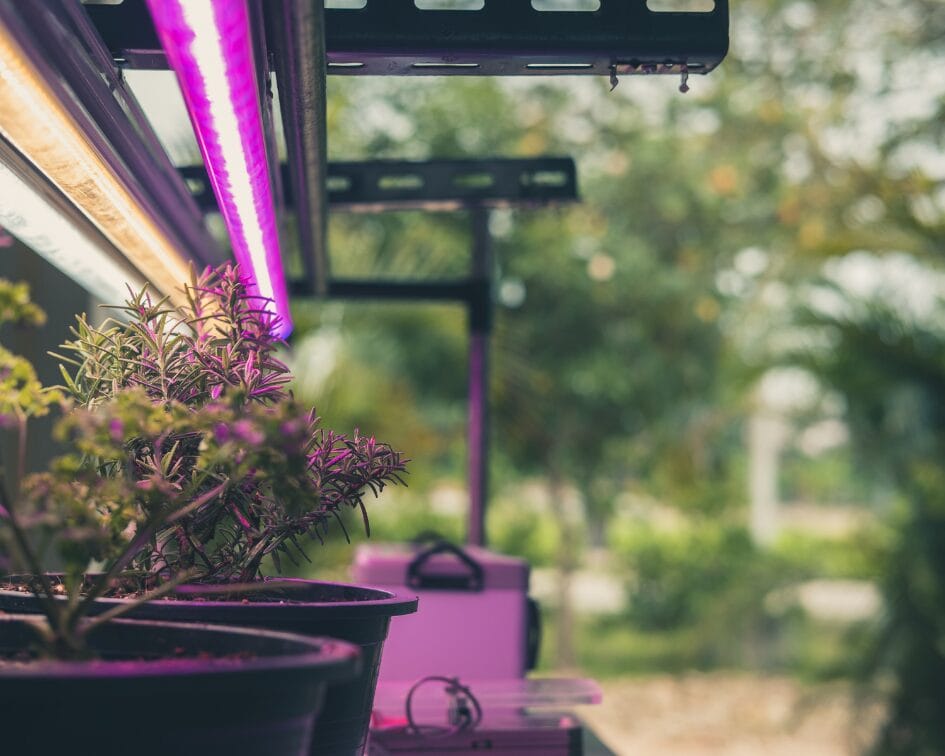Ever wondered why some indoor plants thrive while others struggle? Shedding Light on Indoor Plants reveals it all comes down to one crucial factor: lighting.
Yep, those green buddies of yours need the right kind of light to stay happy and healthy.
Whether you've got a cozy apartment jungle or a few leafy friends perched on your windowsill, understanding indoor plant lighting is key to their well-being.
We're diving into the basics here, talking about why proper lighting is essential for your indoor plants' growth and health, and giving you a rundown of the different types of light they crave.
So, let's shed some light on this topic and help your indoor garden flourish!

Welcome to the illuminating world of indoor plant lighting! In this section, we're going deep into the crucial aspects of lighting your indoor plants for optimal health and growth.
Let's break down the key considerations:
Understanding indoor plant lighting begins with grasping the fundamental principles advocated by seasoned indoor gardeners and horticulturists.
These individuals emphasize the significance of matching your plant's lighting requirements with the available light sources.
Recognizing the diverse needs of various plant species helps you tailor your lighting strategies accordingly.
Remember, the right light can make all the difference in the vitality and resilience of your indoor greenery.
Overwatering and over-fertilizing are common mistakes that can jeopardize the well-being of your indoor plants.
Excessive watering leads to waterlogged soil, which deprives roots of oxygen and promotes the growth of harmful pathogens.
Similarly, over-fertilization can result in nutrient imbalances and root damage.
To mitigate these risks, adopt a proactive approach to watering by monitoring soil moisture levels and allowing the soil to dry out between watering sessions.
When fertilizing, adhere to recommended dosage guidelines and opt for slow-release fertilizers to minimize the risk of nutrient overload.
By maintaining a balanced approach to watering and fertilizing, you’ll protect your plants against unnecessary stress and promote healthy growth.
Regulating light exposure is crucial for the health and growth of indoor plants.
A light timer offers a practical solution to ensure your plants receive consistent lighting, mimicking natural daylight cycles.
Let's explore how to effectively use a light timer to maintain a harmonious lighting regime for your indoor greenery.
Alright, let’s go over the various types of illumination that can keep your indoor plants thriving.
Understanding the characteristics and applications of different light sources is key to providing your green pals with optimal growing conditions.
Here's a breakdown of the three main types:
Ah, nothing quite beats the warm embrace of natural sunlight for your indoor plants.
Sunlight provides a full spectrum of light that nourishes plants and promotes photosynthesis—the magical process where plants convert light energy into chemical energy to fuel growth.
However, it's essential to consider the intensity and duration of sunlight exposure, as too much direct sunlight can scorch delicate leaves, while too little can lead to leggy growth.
Understanding your plant's light requirements and positioning them near windows or areas with ample sunlight can help strike the perfect balance.

Fluorescent lights have long been a staple in indoor gardening setups, thanks to their energy efficiency and versatility.
Many indoor plants may use these lights since they simulate natural sunshine with a broad spectrum.
Fluorescent tubes come in various colors, with cool white and warm white being popular choices for indoor gardening.
Warm white tubes are preferable for flowering and fruiting plants than cool ones for vegetative growth.
When using fluorescent lights, ensure they're placed within close proximity to your plants to maximize their effectiveness.
LED lights have emerged as a game-changer in indoor gardening, offering unmatched energy efficiency and customization options.
By adjusting the light spectrum to the unique requirements of their plants, gardeners can promote focused growth and development through the use of LED technology.
LED lights radiate little heat, protecting plants from heat damage and making them excellent for small settings.
Additionally, LED lights have a longer lifespan compared to traditional light sources, saving you money on replacement bulbs in the long run.
With LED lights, you can create bespoke lighting setups tailored to your indoor garden's requirements, whether you're cultivating leafy greens or blooming flowers.
Are you ready to shed some light on selecting the ideal illumination for your indoor plants? Choosing the right light is essential for ensuring your leafy companions thrive and flourish.
Let's get into the details:
Before diving into light selection, it's crucial to understand the unique light requirements of your indoor plants.
Some plants thrive in bright, direct sunlight, while others prefer filtered or low-light conditions.
Take time to research the specific light preferences of each plant species in your collection to ensure they receive the appropriate amount and type of light.
Selecting the right light spectrum and intensity is crucial for the health and growth of your indoor plants.
Let's explore some practical tips to help you make informed decisions when choosing lighting for your green companions.
One of the most common mistakes in indoor gardening is improper light placement and selection.
Avoid placing plants near windows, where direct sunlight can damage delicate leaves.
Instead, opt for filtered light or use sheer curtains to diffuse sunlight and protect your plants from potential damage.
Additionally, be cautious when selecting artificial light sources, ensuring they provide the appropriate spectrum and intensity for your plants' needs.

Now that you've armed yourself with knowledge about indoor plant lighting, it's time to put it into action for optimal growth and health.
Understanding your plants' light needs, selecting the right light spectrum and intensity, and avoiding common mistakes in light placement and selection all lead to setting the stage for a thriving indoor garden.
Remember, proper lighting is just one piece of the puzzle. To ensure long-term maintenance and monitoring for optimal results, consider reaching out to GreenMountain GreenWalls.
Their experience and guidance can help you create a lively indoor paradise that provides joy and energy to your home.
Keep nurturing your green companions and watch them thrive in the illuminating world of indoor gardening!
147 Vermont Route 15, Unit A
Jericho, VT 05465
607-352-0357
greenmountaingreenwalls@gmail.com
https://greenmountaingreenwalls.com/

